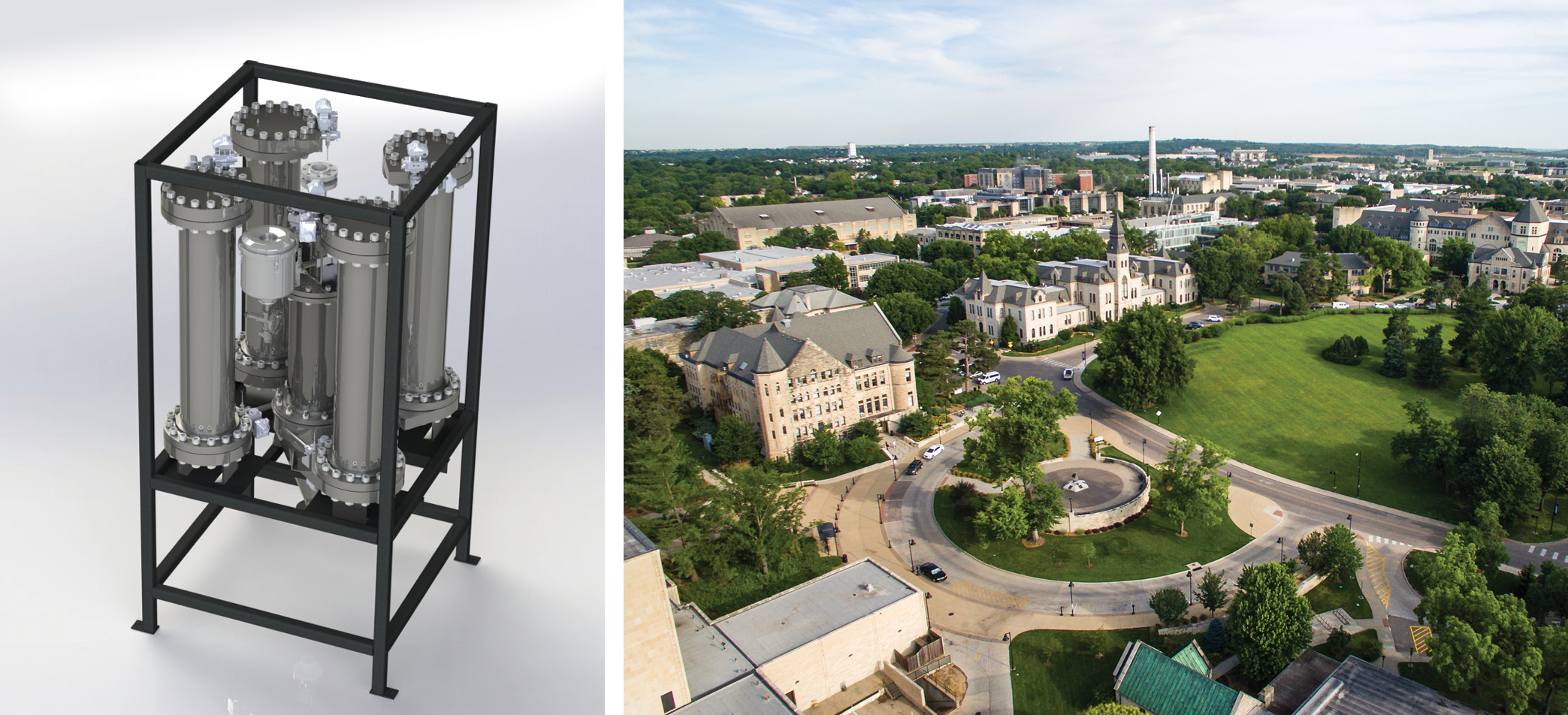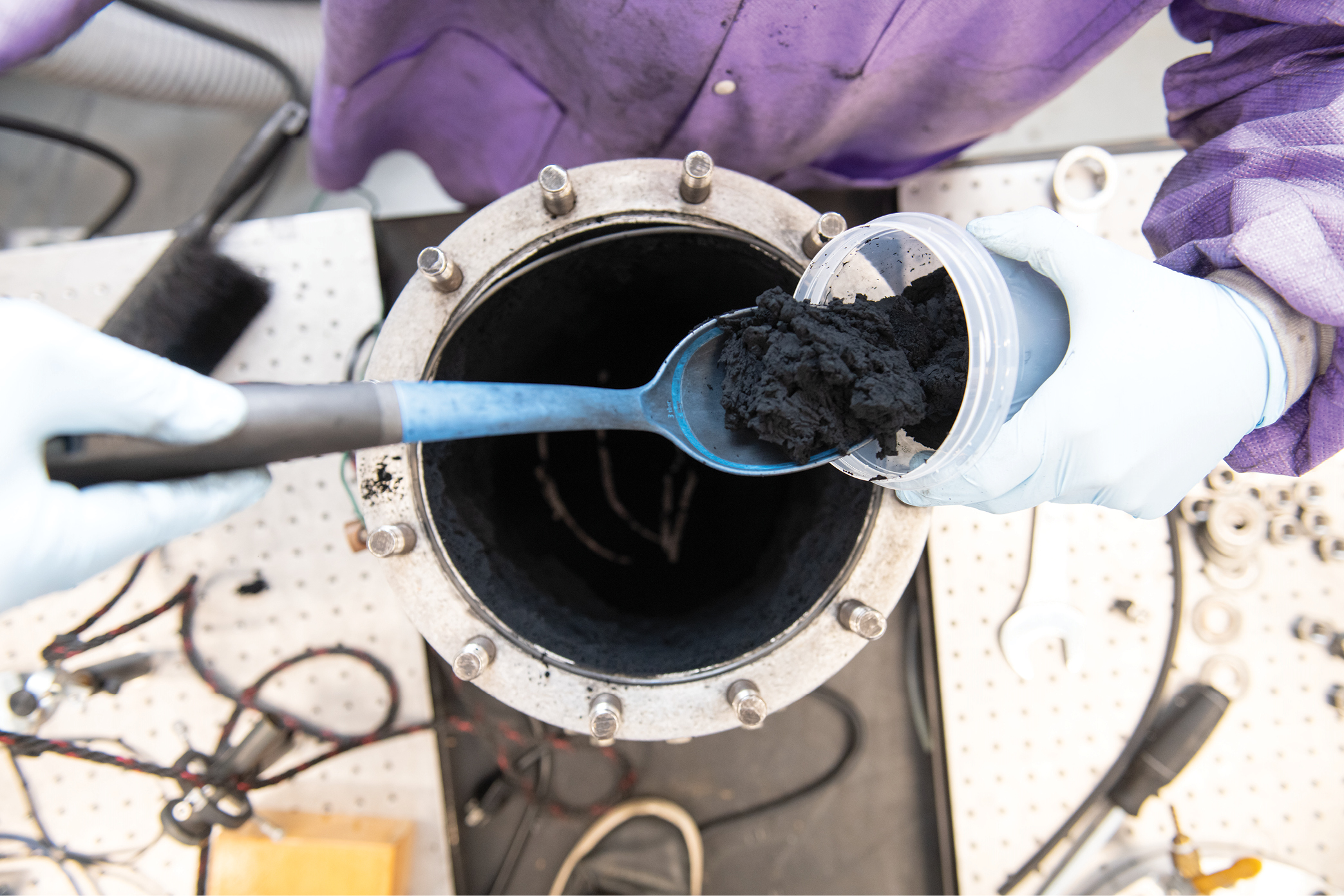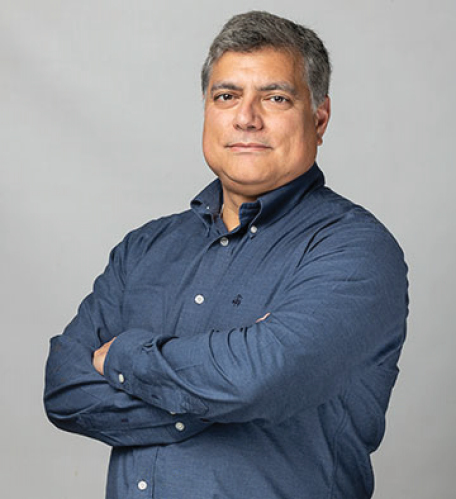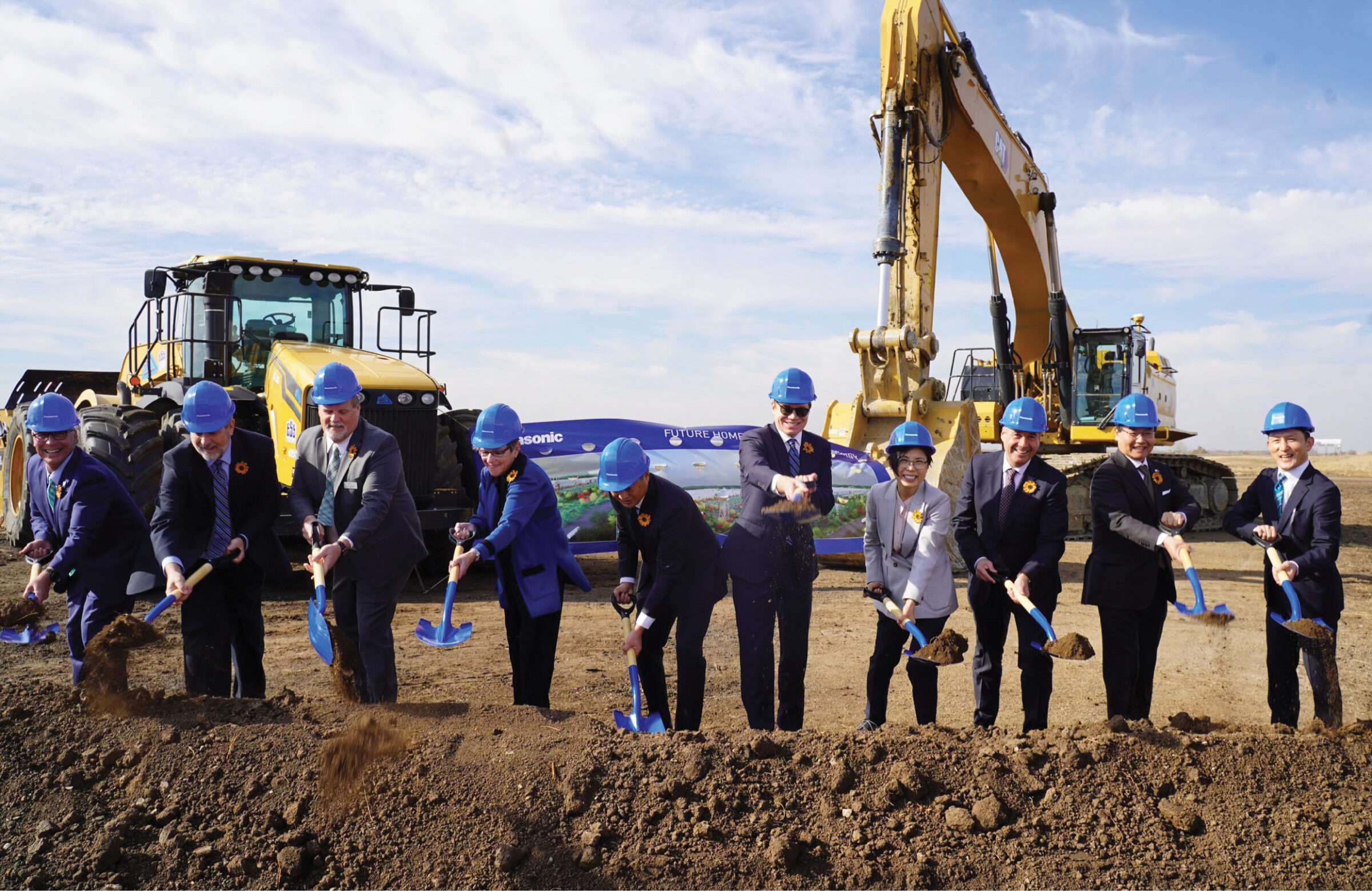Panasonic’s $4 billion, 4,000-job EV battery plant in De Soto is all anyone in Kansas economic development can talk about these days. But it’s nothing new: The state’s battery heritage goes way back. And now things are coming full circle.
In June 2022 the Kansas Geological Survey (KGS) at the University of Kansas was awarded $1.5 million for a two-year project to study the feasibility of recovering minerals critical to advanced and defense manufacturing as well as the clean energy industry from coal deposits, associated rock layers and legacy mining wastes found in Kansas and neighboring states. The grant is one of 13 funded by the U.S. Department of Energy to support the production of rare earth elements and critical minerals used to produce magnets in wind turbines, advanced batteries in electric and conventional vehicles, and other components important to advanced and defense manufacturing as well as clean energy technology.
In addition to coal mining going back to the early 1800s, the latter part of the 19th century “saw thriving zinc and lead mines in far southeastern Kansas,” the KGS explained. “The Tri-State mining district, which includes the southeast tip of Kansas and parts of Oklahoma and Missouri, was once one of the major zinc and lead mining areas in the world.”
The team envisions establishing a technology innovation center, dubbed “CritiMinTic,” to be located in KU’s Innovation Park to serve as a center for teaching industry how to identify and produce from these deposits in an environmentally friendly manner.
Meanwhile, Panasonic and others with cleantech and sustainability on their minds plan to mine a whole new wave of EV and battery innovation.
All in all, the Panasonic EV battery plant will bring 8,000 jobs to the state and 16,000+ construction jobs during construction, while also serving to attract more companies in the EV and battery ecosystem. Some are already in place: EV maker Canoo, which is constructing an assembly plant less than four hours’ drive south in Pryor, Oklahoma, already has announced Panasonic as its battery cell provider.
In other words, the same region that once produced the raw materials in batteries is looking to power a new, cleaner industrial ecosystem from the same geographic footprint.
Reaching the APEX
Why Kansas for Panasonic? The state’s “skilled manufacturing workforce, reliable infrastructure, and central location in North America makes it an ideal location for this facility,” the company said on the occasion of the site’s groundbreaking in early November 2022. Also a big factor was the bipartisan July 2022 approval by the Kansas Legislature of an Attracting Powerful Economic Expansion (APEX) state incentive application. The APEX incentive program is available to qualified companies within specific industry sectors that agree to invest at least $1 billion.
Hiring for the 4,000 initial positions is expected to begin in mid-2023. How big could things get? Panasonic Energy’s facility in Sparks, Nevada, already is one of the world’s largest lithium-ion battery factories, surpassing 6 billion EV battery cells shipped. The De Soto plant’s main focus will be the company’s “2170” cylindrical Li-ion batteries. “Mass production is targeted to begin by the end of March 2025,” Panasonic said, “with the initial production capacity of the new facility expected to be 30 GWh.”
“With the increased electrification of the automotive market, expanding battery production in the U.S. is critical to help meet demand,” said Kazuo Tadanobu, president and CEO of Panasonic Energy. “Given our leading technology and depth of experience, we aim to continue driving growth of the lithium-ion battery industry and accelerating towards a net-zero emissions future.”

The method of creating graphene at the heart of HydroGraph’s business (left) was patented by Kansas State University (right).
Photos courtesy of HydroGraph and KSU
“Kansas has an impressive history of being home to a skilled manufacturing workforce,” said Yasuaki Takamoto, executive vice president of Panasonic Energy and head of its EV Battery Business. “We appreciate Kansas’ dedication to sustainability and its commitment to growth in the clean and renewable energy space.”
The Manhattan Projects
The transformational Panasonic project has been projected to create 4,000 additional jobs created by suppliers and community businesses, according to a Wichita State University economic impact study. Some of that will come from longtime Panasonic partners. And some may come from companies who already found Kansas to their liking.
Semiconductor device manufacturer Radiation Detection Technologies, which employs 22 professionals, will create 30 new jobs over the next five years with a $4 million investment to construct a new facility and purchase new semiconductor processing equipment at its site in Manhattan, Kansas, home to Kansas State University’s Semiconductor Materials and Radiological Technologies (SMART) Lab where the company was founded in 2011. To meet the increase in demand for new and better semiconductors, the company says it is investing in better production capabilities, more square footage, more employees and additional equipment to manufacture semiconductor devices ranging from radiation detection to electric vehicle semiconductor power chips.
“Radiation Detection Technologies’ investment shows that Kansas businesses are not just keeping up with technological trends — they’re setting them,” Governor Laura Kelly said.
Another firm, Vancouver-based HydroGraph Clean Power, also was founded based on technology developed at Kansas State University. The company, a manufacturer of high-quality nanomaterials and alternative-energy fuels, announced in June 2022 the opening of a manufacturing facility in Manhattan for the production of graphene using its patented Hyperion detonation process, which the company says produces the highest quality graphene at the lowest cost and in the most environmentally friendly manner due to its low energy consumption and absence of emissions.
“This facility is the pinnacle in research and development,” said Dr. Chris Sorensen, vice president R&D and Cortelyou-Rust university distinguished professor of physics and university distinguished teaching scholar at KSU. “Our new space allows the science to flourish and, as a result, will allow graphene to live up to its potential to change the world.” The method was discovered when he and colleagues were using controlled detonations to create an aerosol gel. “All of this started as curiosity-based research,” Sorensen told a university publication in spring 2022. “Land-grant universities were founded on the idea that research and creative ideas formulated at the state university would yield useful technologies. That is exactly what happened here. Moreover, this type of intellectual property collaboration could be the future for K-State.”


Stuart Jara, CEO, HydroGraph Clean Power, says his company’s uniquely produced graphene (above) has a role to play in improving composites and in the light-weighting of vehicles.
Photos courtesy of HydroGraph
Asked how the company’s products might fit into the state’s emerging EV/battery industry, HydroGraph CEO Stuart Jara tells me, “Our graphene production capabilities fit well regionally, as we currently produce in Manhattan, Kansas, with a capacity in 2023 of approximately 50 metric tons and are designed to scale with customer demand, offering the option to produce adjacent to any production facility. HydroGraph is working with a customer involving energy storage but feels graphene can play a much larger role in composites as a whole. HydroGraph sees a large opportunity for graphene to achieve outsized performance improvements in light-weighting vehicles and improving composite vessels for hydrogen storage, for example.”
Manhattan in particular has a large potential for growth, he says. “We are currently hiring across multiple functions and are growing that team rapidly. As the company grows we will likely look to other areas, in particular [those] with abundant acetylene as it is our primary feedstock, for additional production facilities.”

